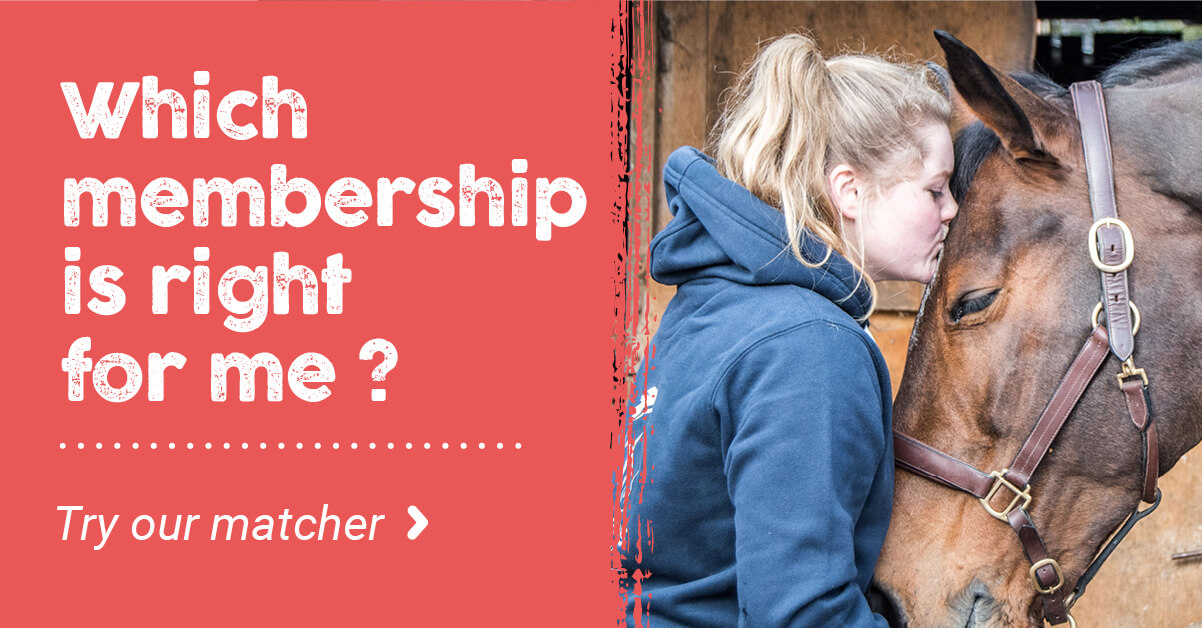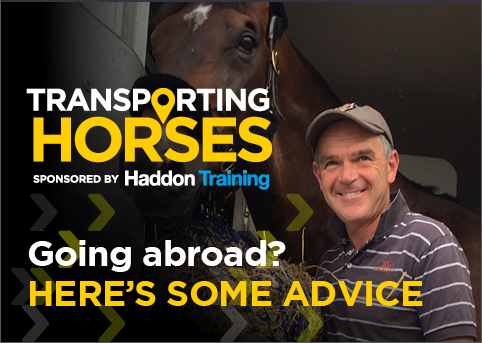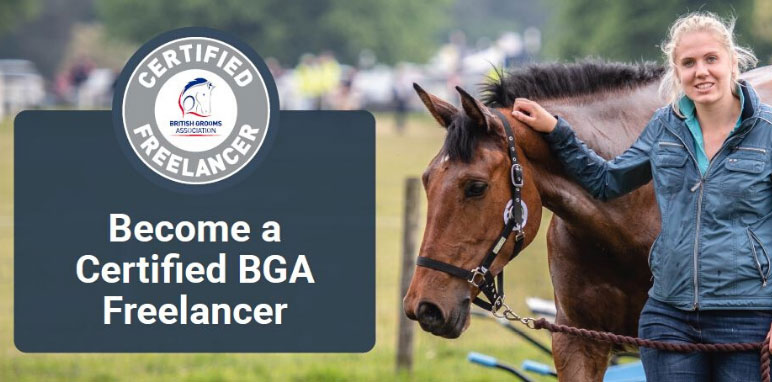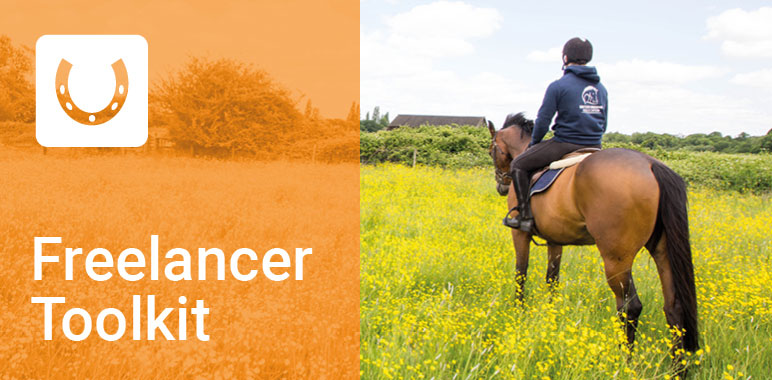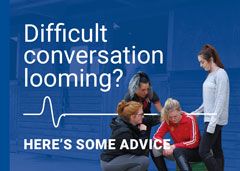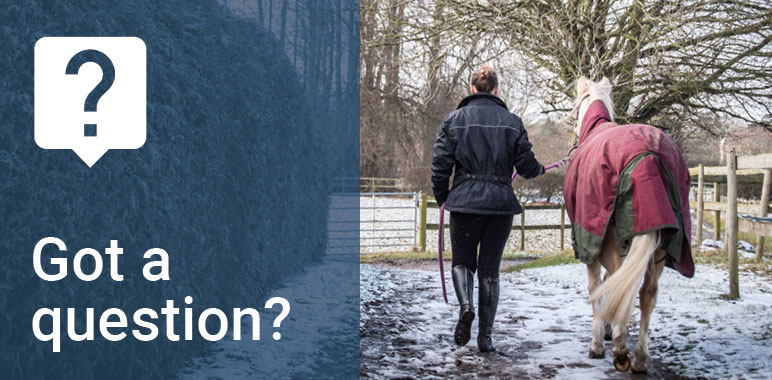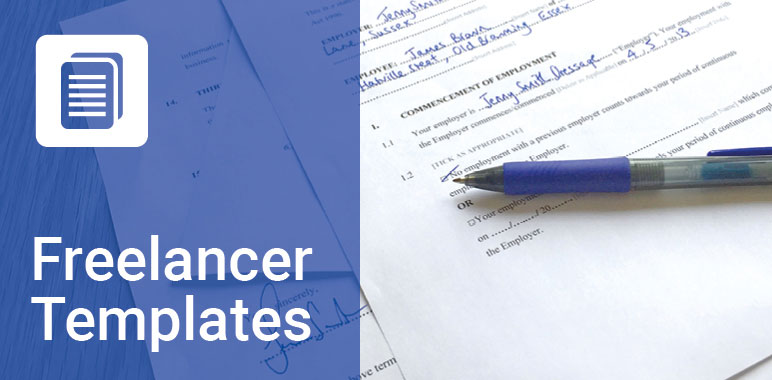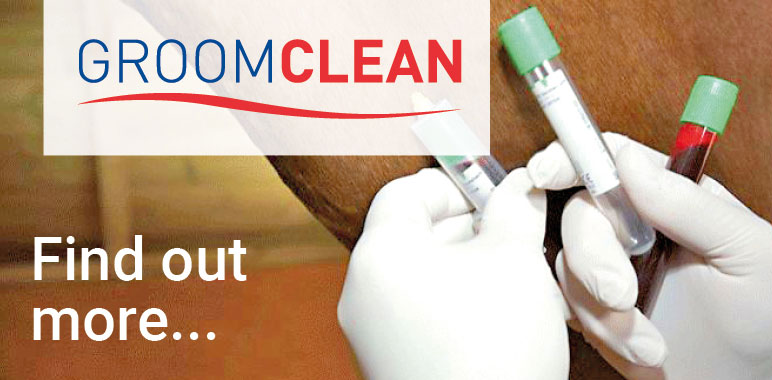- Join Now
- Login
- Member Zone
- Your Career
- Freelancing
- International Grooms Association
- BGA Training
- Healthy Yard Healthy Horses
- Transporting horses
- Brexit
- Safe workplace
- Student Zone
- Member Discounts
- BG Magazine
- Member services
- My employment
- Am I employed correctly
- Grooms Minds
- Safeguarding
- Legal Helpline
- BGA guide to the National Minimum Wage
- Training & Careers
- BGA CV Creator
- Horse groom training
- Where to Train
- BGA E Learning
- Career choices
- Change to Racing
- First Aid training for grooms
- Parents
- Grooms Jobs
- Grooms Life
- About
- News
- Contact

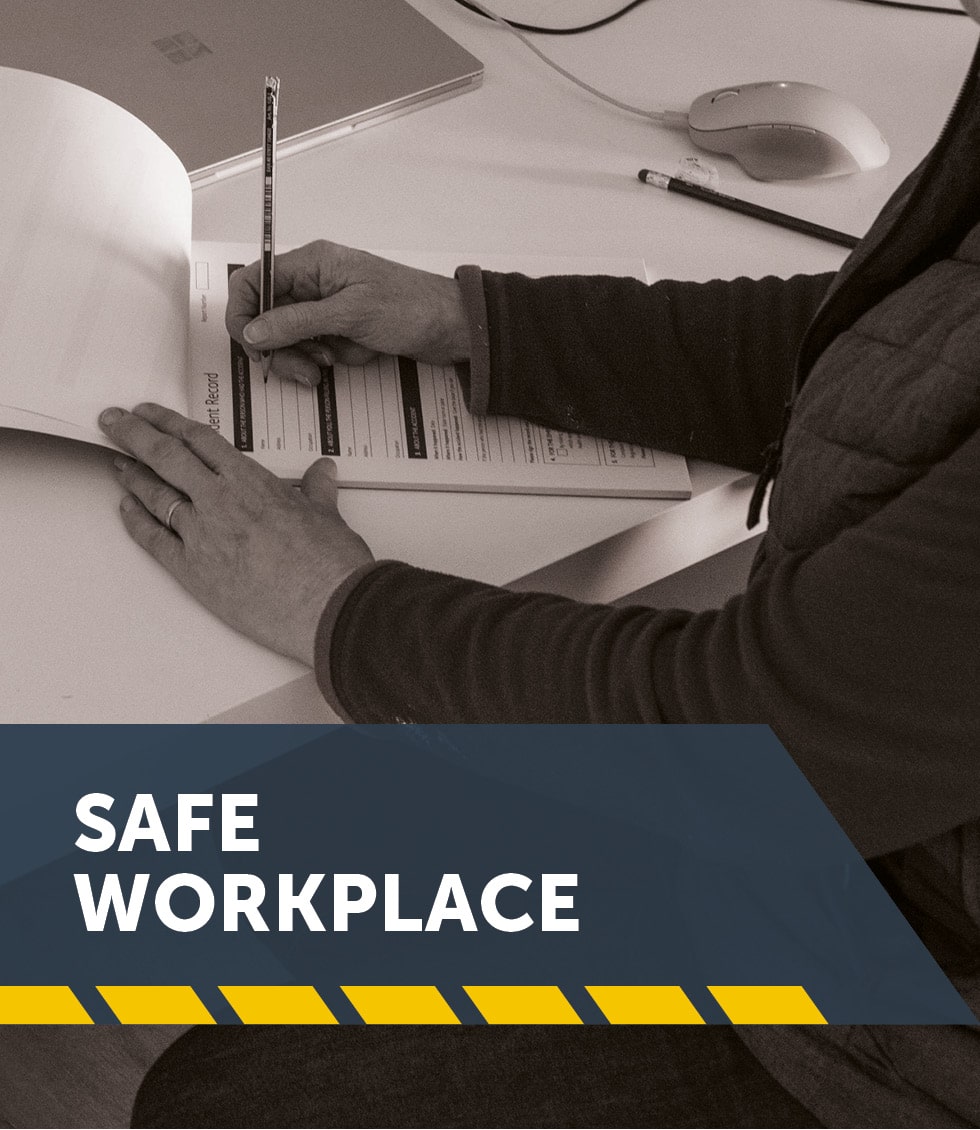
Safe workplace
If you employ people, even just one person part time, you have a legal and moral duty to ensure that they are kept as safe and free from harm as far as is practicable.
Now employers can create a bespoke Health and Safety Manual which outlines the way in which safety will be managed for employees and customers within their equestrian business; and by using the Risk Assessment Creator, create a series of personalised documents which identify how to keep people safe.
Membership to the Equestrian Employers Association gives you full access to the Health and Safety Toolkit. Discover more.
HEALTH AND SAFETY POLICY
Each establishment should have a safety policy if they employ 5 people or more. However it is a really good idea to have one anyway. It describes the way in which safety will be managed for employees and customers.
It is not a long complicated document – for a small business it needs be not much more than a single sheet of A4. For larger yards then additional detail will need to be added.
Our Health and Safety Manual Creator will take you through the information required to be included in your health and safety policy. It needs to be displayed and available to be read if requested.
RISK ASSESSMENTS
Risk assessments are the fundamental tool required by any business to identify how to keep people safe. This may be staff, customers or anyone else who may be impacted by what you do.
Risk assessments identify: the causes of harm, who might be harmed and how, what needs to be done to reduce the risk of harm. Then at a later date a review is required to make sure that what is happening is reducing the risk of harm.
The Risk Assessment Creator will help you through the process.
SAFE WORKING PRACTICES
It is essential that you ensure all staff work in a safe but consistent way.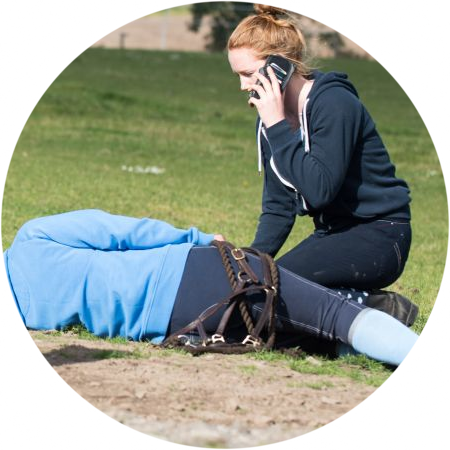
Of course staff do need to think for themselves, and with horses where the situation can change in a moment that is hugely important.
However it is important to ensure that staff know the correct way to work, to understand where there are specific instructions to keep them and potentially customers/clients safe too.
Staff experience will vary and so the necessity for these safe working practices vary. However they should be in place and all staff, even experienced ones must be aware of them and work to them.
This could range from the handling of a particularly tricky horse, to leading and turning out, to driving a quad bike, or what to do in the event of an accident or emergency.
Discover more in the Health & Safety Toolkit.
TRAINING AND SUPERVISION
All staff will at some point in their career need to be supervised and given training.
Some staff will have attended college or still be going and some will come to you with many years experience. However, your yard will be new to them, and you need to satisfy yourself, over time, that they understand how your yard works, and that they are working to the standards you expect.
Discover more in the Health & Safety Toolkit.
GOOD HEALTH AND WELFARE
Staff are entitled to ensure they are not made ill by the work they do.
Equally employers need to ensure they understand if staff have any specific medical issues before they start work, to ensure they safeguard their health and don’t make it worse.
Discover more in the Health & Safety Toolkit.
ACCIDENTS AND EMERGENCIES
Accidents happen, especially when working with horses and ponies. Their kit is heavy as is feed, yards get icy and slippery, riders fall off and get injured. There is a misconception that accidents cannot be prevented, but they can when they are investigated and the causes identified.
It is therefore essential that employers prepare for accidents and emergencies and have in place very clear instructions that all staff are aware of, given training in, and clearly understand what to do.
Discover more in the Health & Safety Toolkit and read the step by step guide to help you investigate accidents and put in place measures to try and prevent them from happening again.
TALKING ABOUT SAFETY
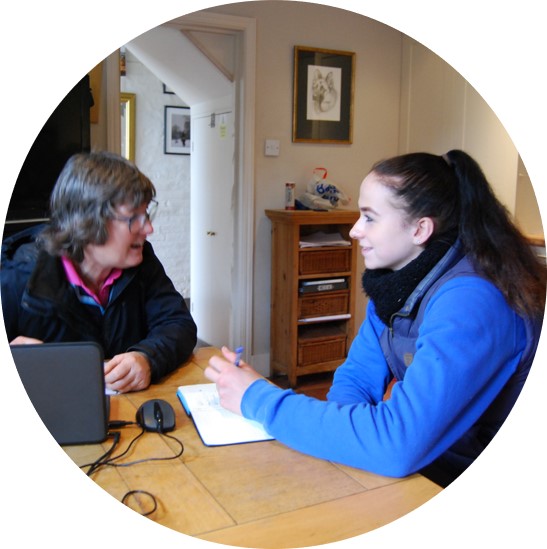
We don’t talk about safety enough. It's not exciting, but it is really essential.
Handing out safety instructions does not give the employee the opportunity to ask questions, and gain better understanding.
Discover more in the Health & Safety Toolkit.
SAFE PLANT AND EQUIPMENT
We make sure the horses are kept in the best condition, and so we also need to ensure that any plant (large equipment such as tractors) and equipment is well maintained.
Often it is overlooked because it is about making do while it is not on site, but without regular maintenance and servicing plant and equipment will deteriorate and become potentially dangerous (brakes can fail, cables on clippers can easily get damaged).
Discover more in the Health & Safety Toolkit.
DRIVING
Employees are sometimes required to drive a vehicle in the course of their work. This may be on the road – trailers, lorries, or around the site - muck carting, quad bikes for feeding.
Discover more in the Health & Safety Toolkit.
MONITORING
Monitoring is all about checking that you are doing what you say you are doing.
In the above sections there are actions to be completed, whether that is issuing emergency instructions, first aid training, or investigating accidents. It's not a case with safety that once you have ‘done it’, that’s it...
Discover more in the Health & Safety Toolkit.
What the personal accident policy covers you for:
- Whilst at work
- All stable duties – mucking out, grooming, washing off, turning out
- Clipping
- Riding – including hacking and jumping
- Hunting
- Lunging
- Breaking in
- Holding horse for a vet and other procedures
- Travelling horses both in the UK and abroad
- Competing in line with your job including: jumping, dressage, eventing
- Injuries that may happen to you whilst you are teaching - but you must also be grooming as part of your duties and not be a sole instructor
What the personal accident policy doesn’t cover you for:
- Riding in a race, point to point or team chase
- Stunt Riding
- Accidents occurring whilst travelling to and from work
- Riding and competing your own horse (but you can upgrade when applying for membership to include this)
- Public Liability – this is a separate insurance policy - the Freelance Groom Liability Insurance
- Care Custody and Control – this is a separate policy - the Freelance Groom Liability Insurance
If you require additional cover then please contact KBIS directly.
| GROOM | RIDER | EMPLOYER | |
|
When you are working for other people you do most of the following; muck out, turn out/catch in, tack up, groom horses, exercise Horses (including hacking, jumping and schooling), in the care of your employer/client. |
|
|
|
| Predominantly ride horses for other people including schooling, exercising and competing. | NO |
YES |
YES |
| Provide grooming services for someone else either full time or on a freelance basis i.e. an employer or a client. | YES |
NO |
NO |
| Employ staff – have an employers liability policy in your name | NO | NO | YES |
| Buy and sell horses | NO | YES | YES |


